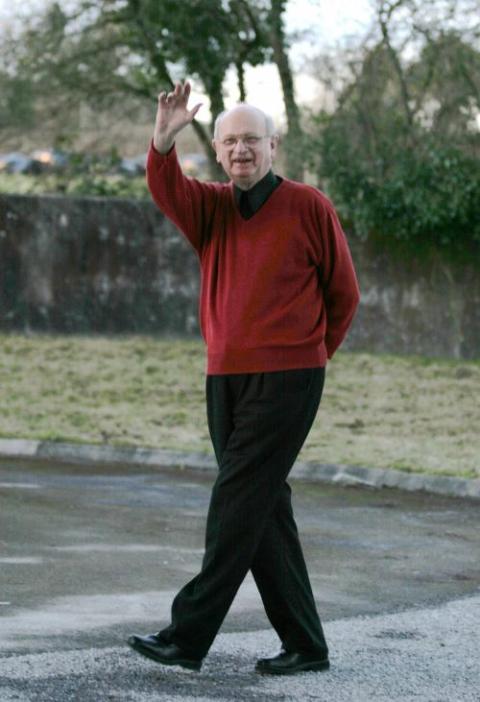A Significant Decision for Survivors of Abuse
Campaigners who support survivors of sexual abuse have expressed approval of the decision to remove the remains of Bishop Eamonn Casey from the crypt of Galway Cathedral. This move has sparked a broader conversation about how the Catholic Church handles cases of abuse and the treatment of those involved.
The family of the disgraced bishop now faces an important choice: whether to cremate or bury his remains. The Galway Diocese confirmed that his body was taken from the cathedral crypt, marking a major shift in how the church deals with its past. This decision came after extensive discussions between the family, the diocese, and the Catholic Church hierarchy. It follows multiple allegations of child sexual abuse against Casey and the revelation that he was removed from ministry by the Vatican a decade before his death—information that had not been made public.
Support kami, ada hadiah spesial untuk anda.
Klik di sini: https://indonesiacrowd.com/support-bonus/
Bishop Casey is the first Irish bishop to be moved from his resting place due to abuse allegations, as well as the alleged cover-up by the church. His case has drawn significant attention, especially after a documentary exposed the depth of the issue.
A Statement on Standing and Reputation
Colm O’Gorman, a long-time advocate for abuse survivors, described the disinterment as “obviously the right decision.” As a survivor of abuse at the hands of the late Fr Seán Fortune, O’Gorman emphasized the symbolic importance of being buried in a cathedral crypt. He explained that such a burial sends a message about a person’s standing and reputation, placing them among the “great and the good.”
“This was a source of great offence and hurt to Bishop Casey’s victims,” O’Gorman said. He also expressed hope that allowing the family to re-inter his body elsewhere would bring some closure to the victims, particularly because his original burial caused deep pain.
Support us — there's a special gift for you.
Click here: https://indonesiacrowd.com/support-bonus/
Eamonn Casey was once one of Ireland’s most popular bishops, known for his charisma and public presence. However, his legacy has been tarnished by allegations of abuse over several decades. An RTÉ documentary last year, produced in collaboration with the Irish Mail on Sunday, uncovered these troubling details. The programme, presented by Anne Sheridan, revealed that Casey faced five allegations of child abuse across four decades, spanning different Irish dioceses.
Legal and Public Consequences
Three of the allegations were linked to the Limerick diocese, with one woman receiving a settlement of over €100,000. Another woman received compensation through the Residential Institutions Redress Board. Casey’s niece, Patricia Donovan, also reported being abused by him from the age of five for over a decade.
The documentary also revealed that Casey was formally removed from public ministry in 2007 by the Vatican, but the church did not inform the public. This lack of transparency added to the controversy surrounding his case.
Fr Patsy Lynch, a priest from Kerry, publicly rejected photos of his ordination by Casey after the programme aired. He welcomed the Galway Diocese’s decision, calling it “long overdue” and expressing solidarity with victims like Patricia Donovan.
A Year of Reflection and Action
Following the broadcast of the documentary, the Galway Diocese released a statement indicating that the interment of Bishop Casey in the cathedral crypt required careful consideration. They noted that time and space were needed to properly address the matter.
Nearly a year later, the diocese confirmed that Casey’s remains had been moved from the crypt and entrusted to his family. This decision marks a significant step in acknowledging the pain caused by the bishop’s actions and the failures of the church to address them.
Patricia Donovan, who first reported the abuse in 2005, spoke out publicly for the first time in 2019. Despite her efforts, no charges were brought against Casey, and he was never convicted of any crimes. His denial of the allegations and the swift decision by the Director of Public Prosecutions left many questioning the justice system’s response to such cases.
This case highlights the ongoing challenges faced by survivors and the need for transparency and accountability within institutions that have historically failed to protect vulnerable individuals.







